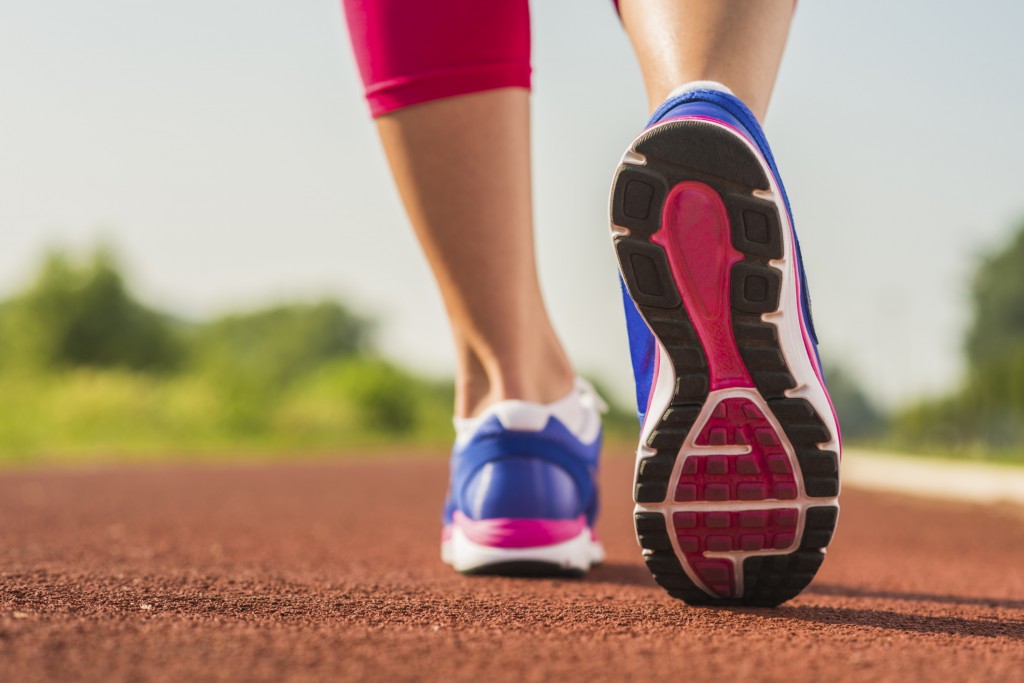Neolife Sports and Exercise Department
Scientific studies liken the quality of life of 45-year-olds with a sedentary lifestyle with that of 80-year-olds who exercise regularly with a healthy lifestyle.
Both medical and scientific literature agrees that good practice of physical exercise positively impacts on hypertension, dyslipidemia, being overweight, obesity, and sedentarism…and as such, therefore helps to prevent against cardiovascular disease.
 A good, well planned and well timed exercise routine – be it aerobic or strength work – helps to prevent cardiovascular risks and improve your quality of life.
A good, well planned and well timed exercise routine – be it aerobic or strength work – helps to prevent cardiovascular risks and improve your quality of life.
What do experts recommend when it comes to physical exercise?
Recommendations regarding exercise from the U.S. department of Health and Human Services Federal Physical Activities (2008) vary from 150 minutes a week of moderate physical activity, to 75 minutes a week of intense physical activity. In a similar vein, but even more recently, are the recommendations outlined by the World Health Organization, which prescribes two alternative forms of physical exercise:
- The first is for people aged between 18-74 years old, and lays out the same recommendations as the previous study.
- The second is focused on improving and enhancing the benefits: it prescribes increasing the practice of moderate physical activity from 150 minutes to 300 minutes a week, or spending 75 to 150 minutes a week on intense physical activity, emphasizing the workout of the greatest number of muscle groups in each activity carried out.
The main cardioprotective effects of physical training include the following:
Effects on risk factors
- Improved lipid profile: 8-23% increase in HDL cholesterol and 5-25% increase in the relationship between “total cholesterol / HDL cholesterol” and up to a 22% decrease in triglycerides
- Optimized hydrocarbon metabolism, with an increase in insulin sensitivity and a decreased risk of developing type 2 diabetes
- Decrease in body weight and fat mass
- Decrease in blood pressure between 4 to 9 mm/Hg
Positive hemodynamic effects
- Decreased heart rate
- Improved maximum oxygen consumption between 11 to 36%
- Increased coronary circulation
Anti-ischemic effects
- Decrease in double product (DP)
- Decrease in oxygen demand
- Increase in angina threshold
- Reduced risk to ventricular arrhythmias and sudden death
Effects on inflammatory and hemostatic factors
- Decrease in high-sensitivity C-reactive protein values
- Increase in fibrinolytic activity
- Decrease in fibrinogen
Effects on psychosocial factors
- Exercise has a positive impact on anxiety, stress, lack of self-esteem, depression, social isolation and self-reported quality of life.
Effects on mortality
- Reduction in cardiovascular mortality by 16%
- Reduction in mortality due to other causes by 15%
In conclusion, at Neolife we agree with the numerous studies that exercise not only provides cardiovascular benefits, but is also key to improving quality of life and maintaining health and longevity.
BIBLIOGRAPHY
(1) Taylor RS, Brown A, Ebrahim S, Jolliffe J, Noorani H, Rees K, et al. 2004. Exercise-based rehabilitation for patients with coronary heart disease: Systematic review and meta-analysis of randomized controlled trials. Am J Med ; 116: 682-92.
(2) Andrade J, Ignaszweski A. 2007. Exercise and the heart: a review of the early studies, in memory of Dr. RS Paffenberger. BCMJ; 49(10): 540-6.
(3) WHO. 2010. Global recommendations on physical activity for health.
(4) González-Gross M, Meléndez A. 2013. Sedentarism, active lifestyle and sport: Impact on health and obesity prevention. Nutr Hosp. Sep;28 Suppl 5:89-98. doi: 10.3305/nh.2013.28.sup5.6923.
